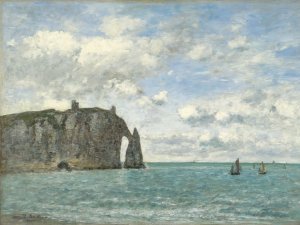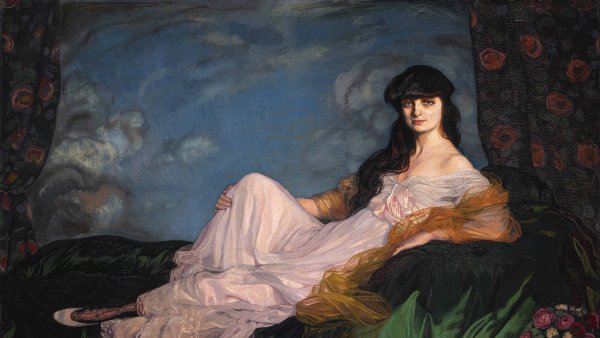Impressionism and Open-air Painting. From Corot to Van Gogh.
The principal aim of this exhibition is to offer an analysis of the practice of painting outdoors as a factor within the transformation and modernisation of 19th-century art. In general, this practice is generally associated with Impressionism. In fact, although Monet, Renoir, Sisley and Pissarro first started to exhibit their works in the photographer Nadar’s studio in 1874, plein air painting had already existed for nearly a century and the execution of studies painted outdoors were a key part of a landscape painter’s training from the late 18th century onwards. They subsequently became a fundamental element within naturalism and their importance as a modernising factor within painting lasted until the end of the 19th century. The exhibition will bring together around 100 works and it will span a chronological period from 1780 to 1900. It starts with work by some of the founders of plein air landscape painting such as Pierre-Henri de Valenciennes and Thomas Jones, and continues through the work of figures such as Turner, Constable, Corot, Rousseau, Courbet, Daubigny and all the great figures of Impressionism, concluding at the end of the century with Van Gogh and Cézanne among many other key names. The exhibition is curated by Juan Ángel López, Curator of the Carmen Thyssen-Bornemisza Collection at the Museo Thyssen-Bornemisza in Madrid.
Interactive publication
If you want to know more details about this exhibition, leaf through the interactive publication.
In collaboration with Fundación BBVA
Learn more








